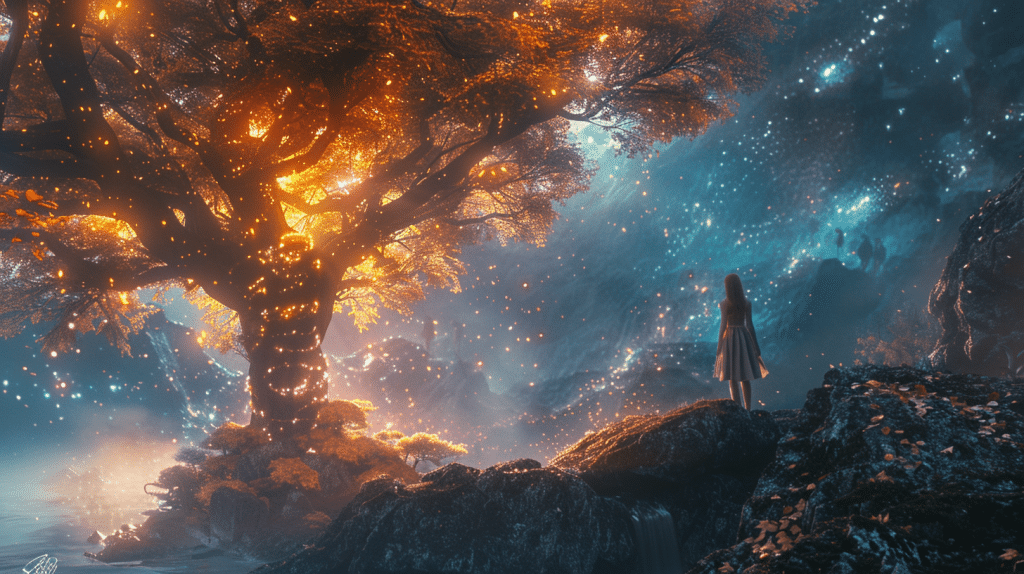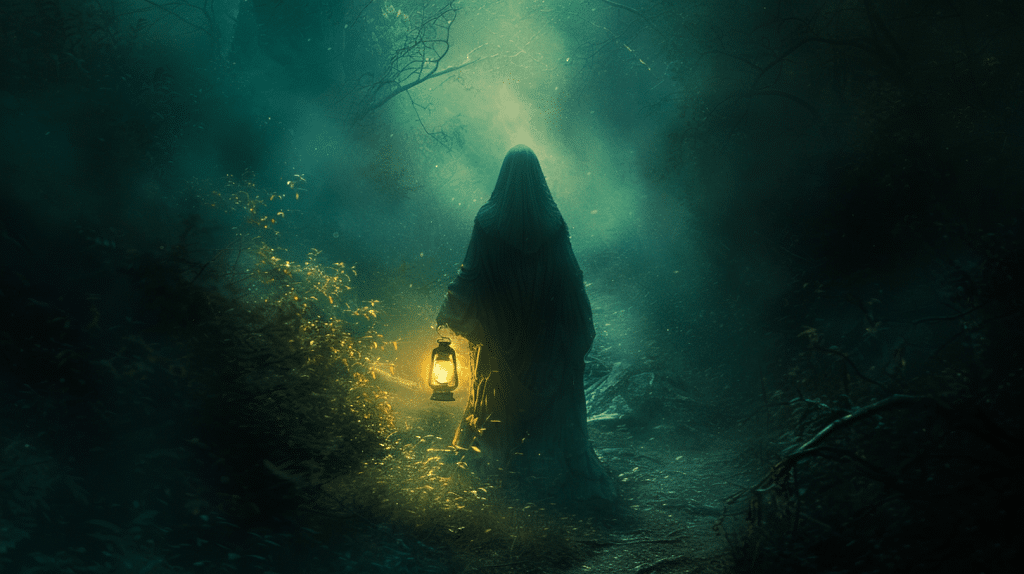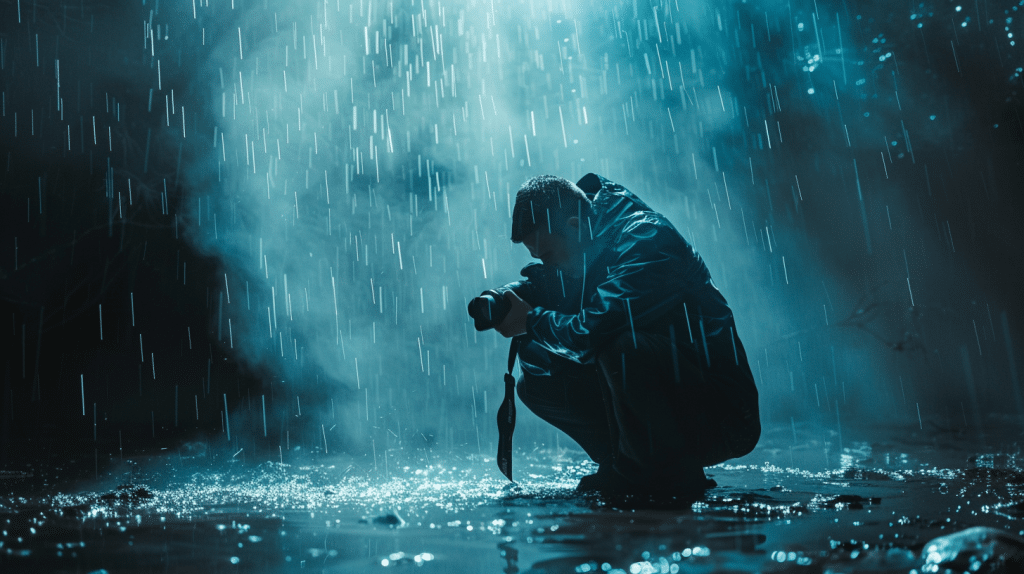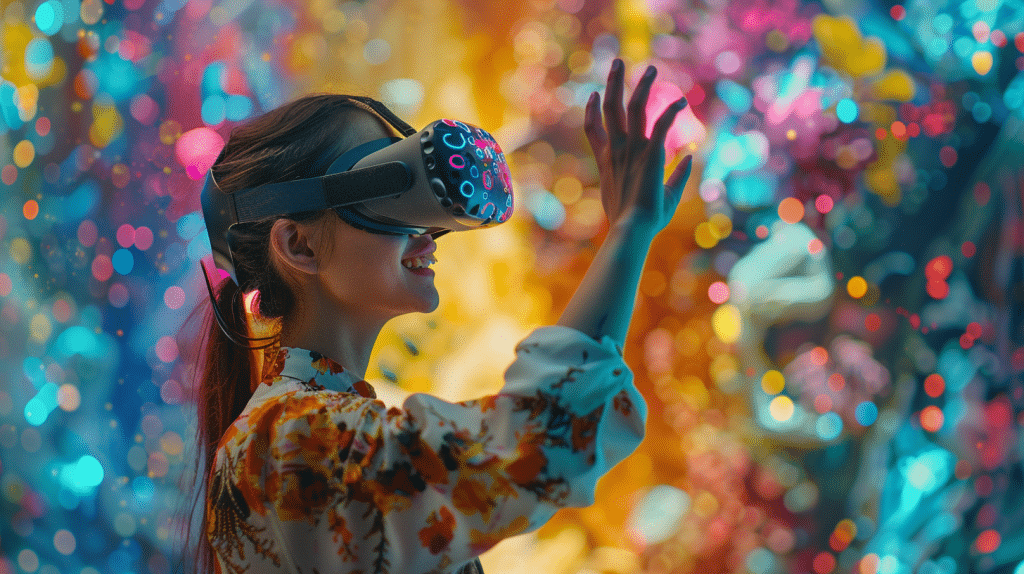Unlocking the Magic of Visual Storytelling Techniques for Engaging Narratives

Discover the magic of storytelling with enchanting visual techniques.
Immerse yourself in the world where images speak volumes, emotions are stirred, and narratives transcend imagination. Every brushstroke weaves a tale, guiding viewers on a journey of discovery.
Explore the fusion of visuals and storytelling to create a tapestry of emotions and connections. Elevate your narratives with the power of imagery, photography, video production, animation, and more.
Embrace the art of crafting engaging narratives through visual storytelling techniques, experience the enchanting world of boundless possibilities, and let your creativity flow.
Table of Contents
Understanding Visual Storytelling
To truly grasp the essence of visual storytelling, you must explore the intricate dance between images and narratives.
Imagine yourself standing in front of a painting, each brushstroke telling a story, each color evoking emotions. This is where the magic begins—where visuals transcend mere images and become a gateway to a world of storytelling possibilities.
As you investigate deeper into the domain of visual storytelling, you’ll realize that every frame, every composition, and every visual element is meticulously crafted to convey a message.
It’s like being a detective, piecing together clues to unravel a compelling narrative. The way a character is framed, the colors used in a scene, even the lighting choices—each aspect plays an essential role in shaping the story being told.
Visual storytelling isn’t just about what you see but also about what you feel. It has the power to transport you to different worlds, evoke strong emotions, and leave a lasting impact.
By mastering the art of combining images and narratives, you hold the key to creating enthralling stories that resonate with your audience.
The Power of Imagery in Narratives

Imagery wields a profound influence over the narratives it accompanies, shaping the very essence of storytelling itself.
The images you choose can evoke emotions, set the mood, and transport your audience to different worlds. Through vivid visuals, you can paint a picture that resonates with your viewers, enchanting them and immersing them in the story you wish to tell.
Imagery has the power to convey complex ideas in a simple and digestible manner.
By utilizing striking visuals, you can communicate themes, character motivations, and plot developments without the need for lengthy exposition. This allows you to engage your audience on a deeper level, sparking their imagination and leaving a lasting impression.
Furthermore, images have a universal language that transcends barriers. Whether you’re telling a story to someone across the globe or from a different time period, powerful visuals can bridge gaps and create connections.
By harnessing the power of imagery in your narratives, you can craft compelling stories that resonate with audiences far and wide.
Essential Elements of Visual Narratives
Harnessing the visual elements in your storytelling not only captivates your audience but also serves as a vital tool for conveying intricate narratives.
One essential element of visual narratives is composition. The way you arrange elements within your frame can greatly impact the story you’re telling. Consider the rule of thirds or leading lines to guide the viewer’s eye and create visual interest.
Lighting is another pivotal element. Whether using natural light or artificial sources, lighting sets the mood, emphasizes important details, and creates depth in your visuals.
Colors play a significant role in evoking emotions and conveying meaning. The color palette you choose can enhance the overall narrative and create a cohesive visual story.
Additionally, paying attention to textures and patterns can add richness and complexity to your images, making them more engaging for your audience.
Role of Photography in Storytelling

Photography plays a pivotal role in storytelling, capturing moments that words alone can’t fully express.
Through the lens of a camera, you have the power to freeze time, evoke emotions, and transport your audience to different worlds.
A well-composed photograph can convey a wealth of information in a single frame, setting the tone for your narrative and drawing viewers into your story.
Think about the last time you scrolled through social media and stopped at a striking image. That image had the ability to make you feel something—joy, sadness, or curiosity.
This is the essence of photography in storytelling. Whether you’re documenting a personal journey, showcasing a product, or highlighting a cause, each photograph you choose adds depth and richness to your narrative.
Impact of Video Production Techniques
Capture the attention of your audience and bring your story to life through the impactful use of video production techniques.
To create compelling visual narratives, consider implementing the following strategies:
- Dynamic Camera Movements: Engage your viewers by incorporating dynamic camera movements such as tracking shots, pans, tilts, and zooms. These techniques can add a sense of movement and energy to your storytelling, keeping your audience captivated throughout the video.
- Creative Editing: Utilize creative editing techniques like jump cuts, crossfades, and montages to enhance the pacing and flow of your video. Editing plays an essential role in shaping the narrative and evoking emotions from your audience, so experiment with different styles to find what best suits your story.
- Strategic Use of Sound: Sound design is a powerful tool in video production. Incorporate music, sound effects, and ambient noise to create a rich auditory experience that complements the visuals and enhances the overall impact of your story. Pay attention to the timing and volume of sound elements to evoke the desired emotions in your audience.
Graphic Design and Engaging Stories

Transform your narrative into a visually enchanting journey by integrating graphic design elements that enhance the storytelling experience.
Graphic design plays an essential role in capturing your audience’s attention and conveying emotions effectively. Through carefully selected fonts, colors, and layouts, you can create a cohesive visual language that complements your story’s tone and message.
Utilize striking visuals to evoke specific moods or emphasize key plot points.
Whether it’s through stunning illustrations, engaging infographics, or thoughtfully designed backgrounds, each element should serve a purpose in advancing your narrative. Consistency in design is key to ensuring a seamless storytelling experience for your audience.
Moreover, consider the use of symbols and icons to simplify complex ideas and make your story more accessible. These visual cues can guide your audience through the narrative, enhancing comprehension and engagement.
Remember, every graphic design choice should align with your storytelling goals and resonate with your audience to craft a memorable and impactful story.
Incorporating Animation Into Storytelling
Elevate your storytelling prowess by seamlessly integrating enthralling animation elements that breathe life into your narrative.
Animation can add a dynamic layer to your storytelling, captivating your audience in ways traditional methods cannot.
Here are three key ways to effectively incorporate animation into your storytelling:
- Enhancing Visual Appeal: Animated elements can visually enrich your story, drawing viewers in with vibrant colors, smooth transformations, and imaginative visuals that spark curiosity and engagement.
- Conveying Complex Ideas: Use animation to simplify intricate concepts or processes. By breaking down complex information into digestible animated sequences, you can make your narrative more accessible and engaging for your audience.
- Evoking Emotions: Animated characters and scenes can evoke powerful emotions. Whether it’s through expressive movements, facial expressions, or visual metaphors, animation has the power to create a deep emotional connection with your audience, enhancing the impact of your storytelling.
Integrating animation into your storytelling arsenal can elevate your narratives to new heights, making them more memorable and impactful.
Virtual Reality: A New Narrative Platform

Discover a groundbreaking domain where stories come to life in a fresh dimension through Virtual Reality.
Imagine being transported to a world where you aren’t just a spectator but an active participant in the narrative. Virtual Reality (VR) offers a new frontier for storytelling, immersing you in enthralling experiences that engage all your senses.
In VR, you’re no longer bound by the constraints of traditional storytelling. Instead, you have the freedom to explore, interact, and shape the narrative as it unfolds around you.
Whether you’re diving into the depths of the ocean, exploring ancient ruins, or soaring through space, VR allows you to experience stories in a way that was once inconceivable.
This innovative platform opens up endless possibilities for creators to craft engaging narratives that blur the lines between reality and fiction.
By leveraging the power of VR, storytellers can create unforgettable experiences that resonate deeply with their audience, making storytelling more immersive and impactful than ever before.
Embrace the future of storytelling through Virtual Reality and set off on unforgettable narrative journeys like never before.
Combining Texts and Images Effectively
Embark on a journey where words and images intertwine seamlessly to captivate your audience’s imagination and bring your narratives to life.
When combining texts and images effectively, you have the power to create a compelling story that resonates with your audience on a deeper level.
Here’s how you can master this art:
- Balance is Key: Make sure that the text and images complement each other rather than compete for attention. Find the perfect harmony where each element enhances the other, creating a cohesive narrative.
- Visual Hierarchy: Use visual cues such as size, color, and placement to guide the viewer’s eye through the story. Lead them from one point to the next, ensuring a smooth flow of information.
- Emotional Impact: Infuse your visuals with emotion and choose words that evoke feelings to create a powerful connection with your audience. Stirring emotions through a combination of text and images can leave a lasting impression on your readers.
Case Studies: Successful Visual Storytelling
Let’s explore real-world examples that demonstrate the strength of visual storytelling in engaging audiences and communicating compelling narratives effectively.
One exceptional case study is the Coca-Cola ‘Share a Coke’ campaign, where personalized bottles with popular names were distributed. This visual approach not only increased sales but also fostered a sense of personal connection with consumers, making the brand more relatable.
Another compelling example is the ALS Ice Bucket Challenge. By utilizing videos of people pouring buckets of ice water over themselves to raise awareness for ALS, the campaign went viral globally. The visual impact of these videos not only engaged participants but also inspired a massive influx of donations to support ALS research.
Furthermore, the Dove ‘Real Beauty Sketches’ campaign focused on self-perception and beauty standards. Through a series of sketches drawn based on self-descriptions and descriptions by strangers, Dove highlighted the gap between how we perceive ourselves and how others see us. This visual storytelling technique sparked conversations on body image and self-esteem, creating a powerful emotional connection with the audience.
Frequently Asked Questions
Why is visual storytelling important in modern narratives?
Visual storytelling is essential because it leverages the power of images to convey complex ideas and emotions more effectively than words alone.
In a world where attention spans are short, compelling visuals can capture and maintain audience interest. They enhance the narrative by providing context, setting the mood, and evoking emotions, making stories more engaging and memorable.
Visual storytelling also transcends language barriers, allowing messages to reach a global audience. By integrating visual elements, creators can craft richer, more immersive experiences that resonate deeply with viewers.
How does photography enhance storytelling?
Photography enhances storytelling by capturing moments that convey powerful emotions and narratives within a single frame.
A well-composed photograph can set the tone, evoke feelings, and transport viewers to different worlds. It allows storytellers to freeze time and highlight significant details that words might overlook.
Through careful selection of subject matter, lighting, and composition, photographers can communicate complex themes and character motivations. Photography’s visual impact can make stories more relatable and impactful, drawing viewers into the narrative and leaving a lasting impression.
What role does video production play in visual storytelling?
Video production plays a crucial role in visual storytelling by combining motion, sound, and visuals to create dynamic and engaging narratives.
Techniques such as dynamic camera movements, creative editing, and strategic sound design enhance the storytelling experience, making it more immersive and captivating. Video allows for the portrayal of complex stories and emotions in a way that static images or text cannot.
It engages multiple senses, drawing viewers deeper into the narrative. Through video, storytellers can build suspense, convey moods, and create memorable moments that resonate with their audience.
How can graphic design elements improve narrative storytelling?
Graphic design elements improve narrative storytelling by adding visual interest, clarity, and emotional impact.
Carefully selected fonts, colors, and layouts create a cohesive visual language that complements the story’s tone and message. Striking visuals, such as illustrations, infographics, and designed backgrounds, can highlight key plot points and evoke specific moods.
Consistent design enhances the overall storytelling experience, making it more engaging and accessible. Symbols and icons simplify complex ideas, guiding the audience through the narrative and ensuring that the story is both visually appealing and easy to understand.
What are the benefits of incorporating animation into storytelling?
Incorporating animation into storytelling offers numerous benefits, including enhanced visual appeal, simplified communication of complex ideas, and stronger emotional connections.
Animated elements can bring stories to life with vibrant colors, smooth transformations, and imaginative visuals. They make intricate concepts more accessible by breaking them down into digestible sequences.
Animation also allows for expressive movements and visual metaphors, creating a deeper emotional connection with the audience. By adding a dynamic layer to storytelling, animation captivates viewers and makes narratives more memorable and impactful.
Share:
Search our blog:
Follow us on:
